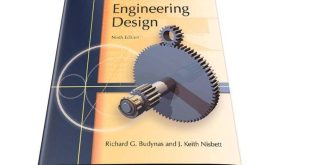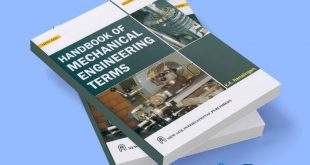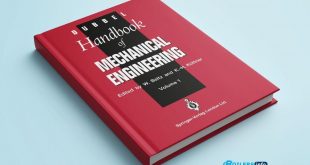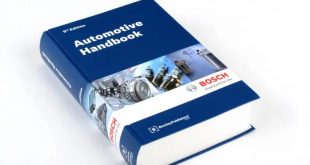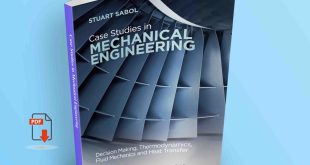Mastering Power and Performance: A Deep Dive into the Handbook of Diesel Engines
Diesel engines have played a foundational role in powering industries, transportation, and power generation for over a century. The Handbook of Diesel Engines stands as a comprehensive reference that engineers, mechanics, researchers, and students rely on to understand the complex science and evolving technology behind these robust machines. This guide brings together decades of knowledge and cutting-edge advancements in diesel engine design, operation, and optimization.
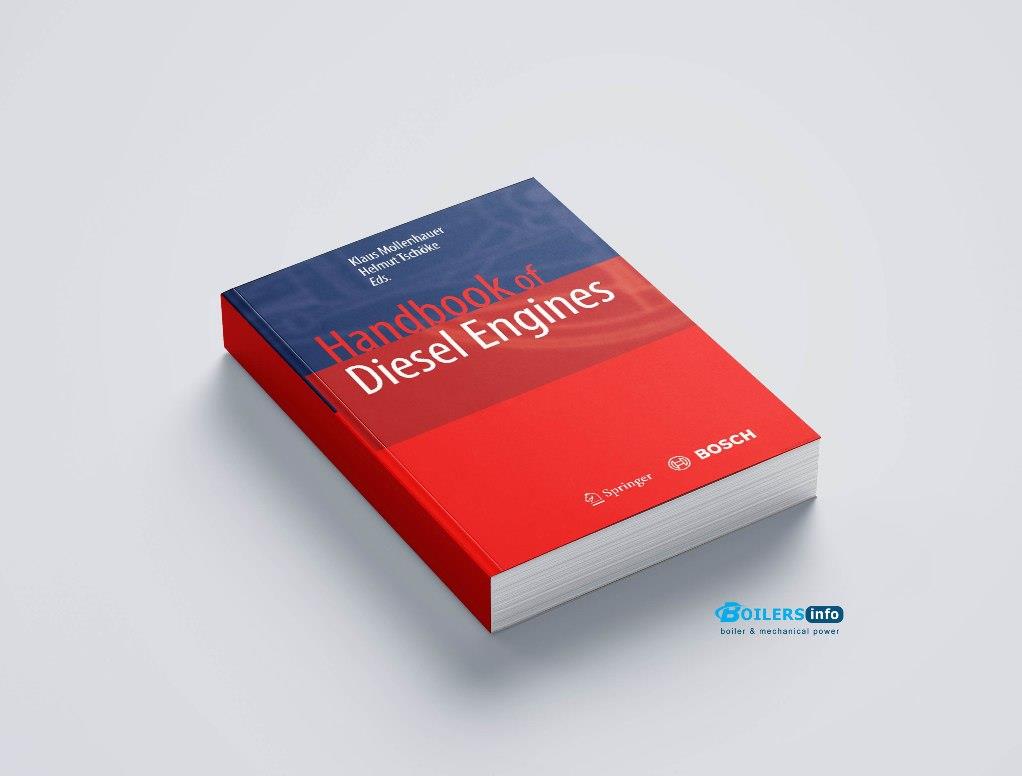
🔧 Overview of Diesel Engine Fundamentals
At the heart of the handbook lies an in-depth explanation of the diesel combustion cycle. Unlike spark-ignition engines, diesel engines rely on compression ignition, delivering high thermal efficiency and torque. The book explains the four-stroke cycle (intake, compression, combustion, exhaust) in detail, emphasizing thermodynamic principles, air-fuel mixture characteristics, and pressure-temperature behavior throughout the cycle.
⚙️ Design and Construction Principles
One of the standout features of the Handbook of Diesel Engines is its thorough analysis of engine components. Topics include:
- Cylinder block and head design
- Piston construction and material selection
- Turbocharging and supercharging technologies
- Fuel injection systems (common rail, unit injector, etc.)
- Exhaust gas recirculation (EGR) and after-treatment systems
The book bridges theoretical knowledge with real-world applications, offering detailed schematics, performance curves, and comparative analysis across engine types and configurations.
🔍 Performance, Emissions, and Control
In the modern age, diesel engines must meet stringent performance and emissions standards. The handbook covers:
- Engine control units (ECUs) and electronic fuel management
- NOx, particulate matter (PM), and CO2 mitigation techniques
- Advanced combustion strategies such as HCCI (Homogeneous Charge Compression Ignition)
- Diesel hybrid systems and alternative fuels like biodiesel
It also explains engine testing, calibration, and diagnostics, providing insights into how engineers optimize power output while ensuring environmental compliance.
🛠️ Applications and Innovations
From marine engines and locomotives to backup power generators and construction equipment, diesel engines are engineered for a wide range of applications. The Handbook of Diesel Engines explores use cases in:
- Automotive (cars, trucks, buses)
- Industrial and agricultural machinery
- Power generation and emergency systems
- Theory and Design of Automotive Engine
The book also highlights trends such as the integration of AI in diagnostics, the use of simulation tools like CFD (Computational Fluid Dynamics), and developments in engine downsizing and lightweight materials.
📘 Why This Handbook Matters
Whether you are a mechanical engineering student, a seasoned diesel technician, or a design engineer in the automotive sector, the Handbook of Diesel Engines equips you with foundational principles and practical insights. Its balanced approach—merging theory, application, and innovation—makes it a must-have technical reference for anyone involved in engine technology.
 Boilersinfo Boiler and Mechanical Power Digital Library
Boilersinfo Boiler and Mechanical Power Digital Library
